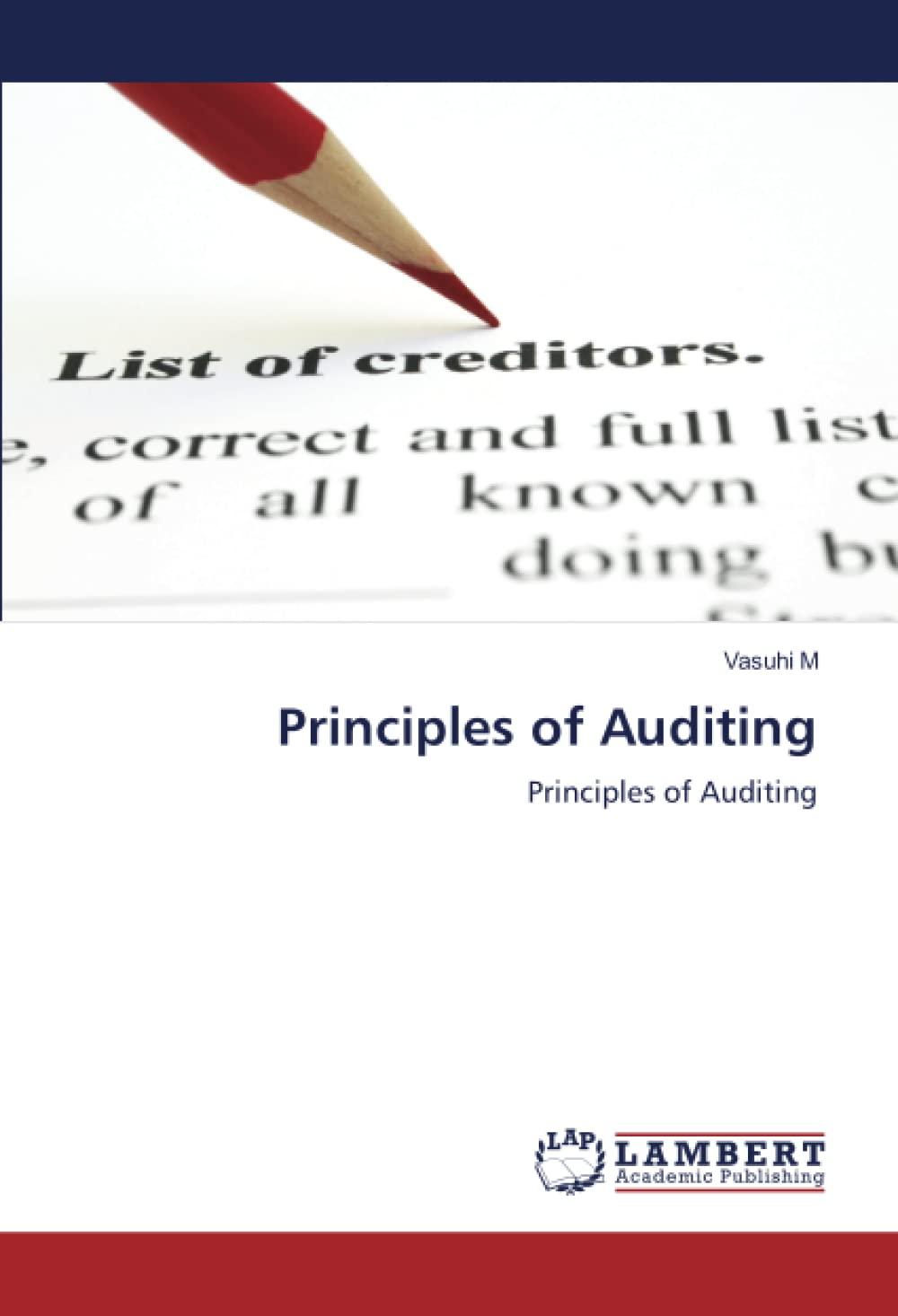Question
Your company has a travel policy that reimburses employees for the ordinary and necessary costs of business travel. Employees often mix a business trip with
Your company has a travel policy that reimburses employees for the ordinary and necessary costs of business travel. Employees often mix a business trip with pleasure by either extending the time at the destination or traveling from the business destination to a nearby resort or other personal destination. When this happens, an allocation must be made between the business and personal portions of the trip. However, the travel policy is unclear on the allocation method to follow.
Consider this example. An employee obtained a business-class ticket for $9,368 and traveled the following itinerary:
| From | To | Miles | One-Way Regular Fare | Purpose |
| Chicago | Paris | 4,180 | $3,670a | Business |
| Paris | Rio de Janeiro | 5,770 | $4,410 | Personal |
| Rio de Janeiro | Chicago | 5,230 | $3,410 | Return |
a A restricted round-trip fare of $4,840 was available on these dates.
| Required: |
| Compute the business portion of the airfare and state the basis for the indicated allocation that is appropriate based on the maximum reimbursement for the employee |
Step by Step Solution
There are 3 Steps involved in it
Step: 1

Get Instant Access to Expert-Tailored Solutions
See step-by-step solutions with expert insights and AI powered tools for academic success
Step: 2

Step: 3

Ace Your Homework with AI
Get the answers you need in no time with our AI-driven, step-by-step assistance
Get Started


